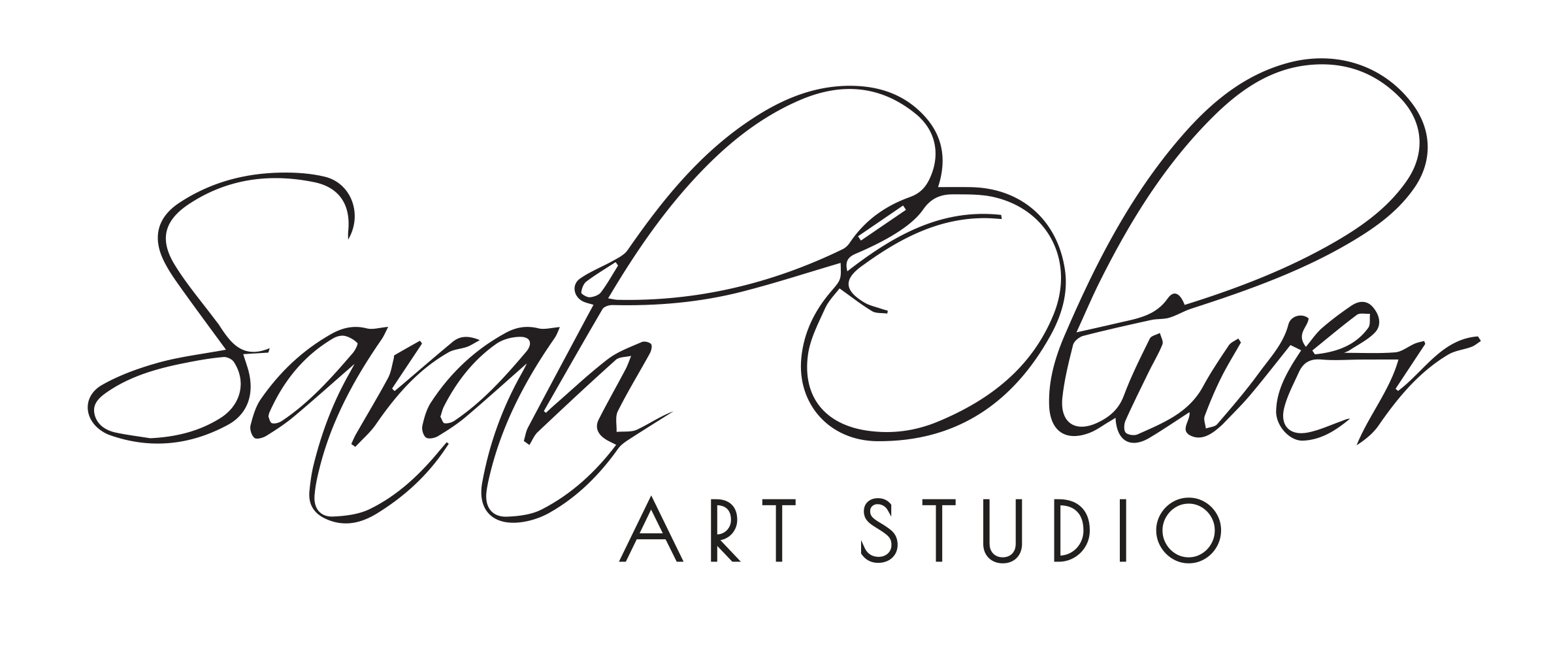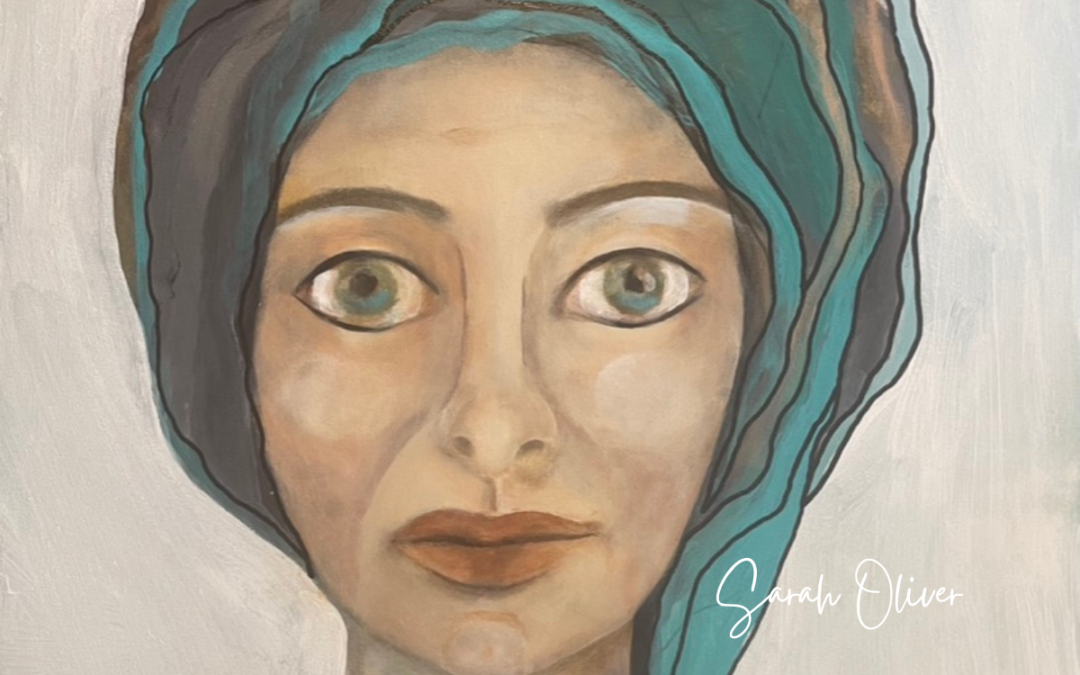The Story Hidden in Every Stroke
…And How to Find Yours
Have you ever looked at a piece of art—whether yours or someone else’ s—and felt something stir inside you? Maybe it reminded you of a memory, evoked an unexpected emotion, or made you wonder about the story behind it.
What if I told you that every piece of art—even the ones that feel abstract, unfinished, or unintentional—tells a story? Whether or not we consciously plan it, our emotions, thoughts, and experiences seep into our creative work, leaving behind a visual imprint of our inner world.
Think about your own art. Do you find yourself drawn to certain themes, colors, or symbols over and over? Do you ever finish a painting and realize it reflects a moment or feeling from your life that you weren’t even aware of? That’s because art is a language—a form of storytelling that goes beyond words.
In this post, we’ll explore:
✅ Why every piece of art tells a story (whether you intend it to or not).
✅ How to recognize the subconscious themes and messages in your work.
✅ Ways to deepen your storytelling and uncover your unique artistic voice.
By the end, you’ll have a deeper understanding of your creative process and how to make art that not only expresses your vision but also resonates deeply with others.
Let’s dive in.
Why Every Piece of Art Tells a Story
Art is more than just color, texture, and composition—it’s a form of communication that speaks in a language beyond words. Every brushstroke, line, and choice of medium conveys something about the artist’s thoughts, emotions, and perspective.
When you create, you’re making decisions—what colors to use, what shapes appear, and the energy behind each mark. These choices aren’t random. They reflect your mood, your subconscious, and your personal experiences in that moment.
Even abstract pieces, which may not depict recognizable forms, evoke a feeling, a mood, or a sense of movement. Your energy is embedded in the work, turning every creation into a visual story—whether it’s a soft whisper or a bold, powerful narrative.
The Layers of Storytelling in Art
Every piece of art carries a story, but not all stories are told the same way. Some are intentional. Others emerge quietly from within us. Understanding the different layers of storytelling in your art can help you uncover the deeper meanings already woven into your work.
1. Personal Story: The Artist’s Inner World
Your emotions, memories, and experiences show up in your art, often without you realizing it.
2. Cultural & Historical Influence: The Bigger Picture
The places you come from, the events shaping your world, and your cultural roots leave their mark.
3. Symbolism & Metaphor: The Hidden Language
Certain colors, shapes, and symbols tend to appear when you’re working through something meaningful.
4. Emotional Storytelling: What the Viewer Feels
Your art will often evoke different emotions for different people, allowing them to bring their own story into it.
As you create, notice which of these layers is speaking in your work. Some will feel intentional, and others will quietly reveal themselves over time.
What Your Art May Be Saying (Even If You Didn’t Plan It)
Have you ever finished a piece and realized it was telling you something you didn’t even know you needed to hear?
Maybe you thought you were just playing with color, but certain shades kept showing up. Or maybe a specific symbol appeared again and again without you understanding why. Sometimes, what we believe is “random” ends up reflecting exactly where we are emotionally or spiritually.
Here’s the thing: our art talks to us.
Even when we don’t set out to tell a story, we’re revealing parts of ourselves on the canvas. Creativity has a way of drawing out what’s beneath the surface—our emotions, thoughts, and experiences—often before we can fully name them.
Next time you finish a piece (or feel stuck in the middle of one), pause and ask:
🎨 What’s showing up here?
🎨 Are there any repeated shapes, colors, or moods?
🎨 What was happening in my life when I created this?
You don’t need to overthink it. This is about developing gentle awareness. Over time, you may notice patterns that show you exactly what you’ve been working through—whether you meant to or not.
Art has a way of saying what words can’t. Your only job is to stay open and listen.
How to Discover and Develop Your Artistic Voice
One of the questions I hear most often is:
“How do I find my artistic voice?”
And honestly? You don’t really “find” it like something that’s lost. You uncover it by showing up, over and over again.
Your artistic voice is already within you. It’s made up of your experiences, your emotions, your quirks, and the way you move through the world. It reveals itself every time you create—but often, we’re too busy trying to “get it right” to notice it’s already there.
Here’s where I guide my coaching clients to begin:
💡 Look for what keeps calling you back.
What colors do you naturally reach for?
What shapes or subjects keep reappearing?
What feelings do you want your art to express?
Your patterns are forming. Pay attention.
💡 Reflect on what feels like you.
After you finish a piece, ask yourself:
✔ Does this feel honest?
✔ Did I create from freedom—or fear?
✔ What part of me showed up in this work?
The goal isn’t perfection. It’s connection—first to yourself, and then to others.
💡 And give yourself permission to evolve.
Your artistic voice isn’t fixed.
It grows as you grow.
Change means you’re paying attention to your life and allowing it to move through your art.
This is the heart of the creative journey:
Listening. Noticing. Allowing.
You don’t have to force your voice to appear. Just keep creating and stay curious about what’s already coming through.
Want to Tell Your Story with More Intention?s for Self-Exploration
🎨 Your art already has a story. Ready to tell it with more meaning?
I’d love to gift you a FREE one-page guide with 7 soulful techniques to help you gently weave deeper emotion, narrative, and personal symbolism into your creative process.
It’s a beautiful way to slow down, reflect, and allow your inner voice to rise to the surface—right there on the canvas.
✨ Click here to download your free guide.
Let’s keep uncovering the layers of your story, together.
Conclusion: Embracing Your Story as an Artist

Every brushstroke, color choice, and creative decision you make is part of a larger narrative—your story.
Some stories are intentional. Others quietly emerge over time. But every piece you create holds meaning, whether you planned it or not. When you pay attention to the patterns, symbols, and emotions showing up in your work, you start to uncover the deeper messages that are ready to be expressed.
Trust yourself. Your artistic voice doesn’t need to be forced—it will rise naturally as you create, reflect, and grow.
So, I invite you to ask yourself:
🎨 What themes, colors, or symbols keep appearing in my work?
🎨 What emotions surface when I create?
🎨 What story is waiting to be told through my art?
Your Next Step: Explore Your Artistic Storytelling Further
Ready to keep going?
Check out my related blog post:
🎨 Art as a Mirror: How Your Creative Blocks Reflect Inner Challenges
And… join us inside Evolve Yourself Creatively, my free Facebook community where we explore storytelling, creative growth, and personal breakthroughs—together.
🔥 Exclusive for Group Members:
📅 Monthly Free Group Coaching Live
🎭 Hot Seat Sessions for feedback on your work
👉 Join the Evolve Yourself Creatively Facebook Group Here!
💬 What story do you think your art is telling? Drop a comment below—I’d love to hear your thoughts!

